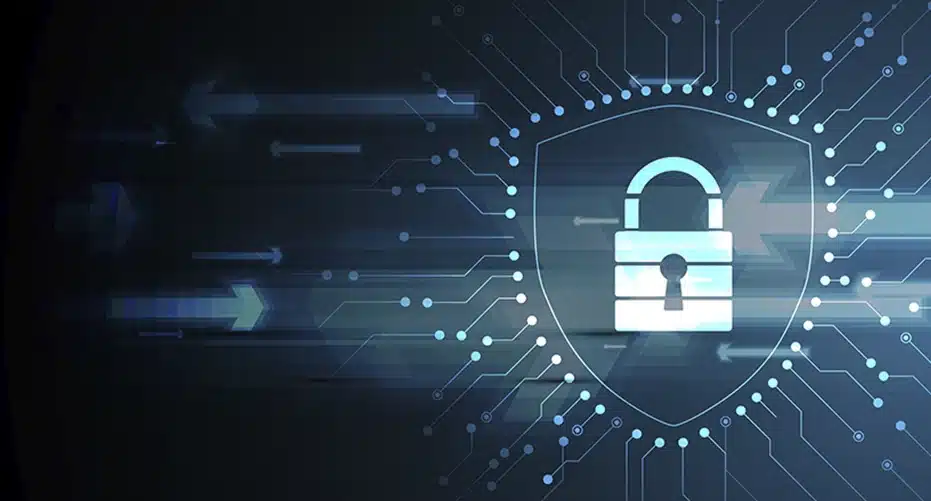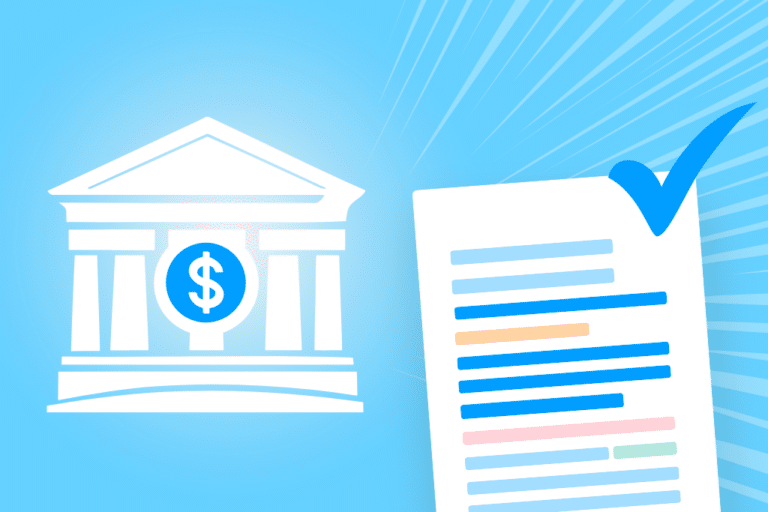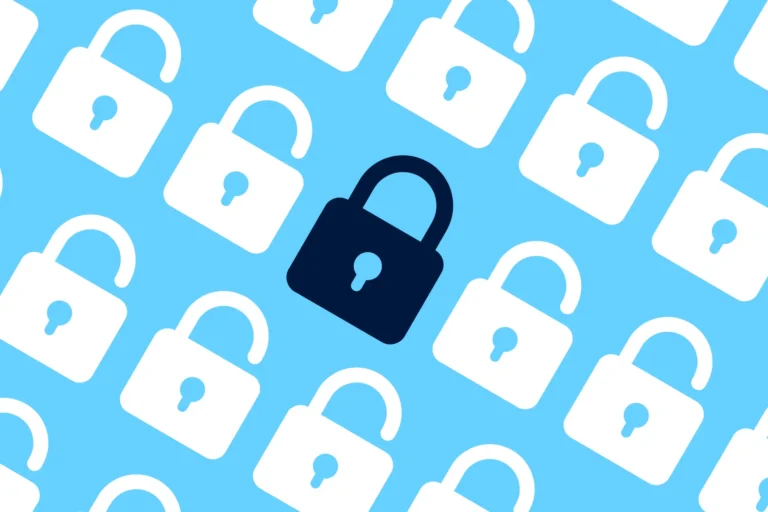There is no doubt that 2020 was a tumultuous year laden with crises, disruption, and unforeseen change. The COVID-19 pandemic accelerated the transition to digitalization–whether companies were ready or not. The cybersecurity trends we will see in 2021 are a direct product of these changes.

Remote work has reduced visibility on company activities, increased the risk of employee shadow IT use, and there have been more data breaches and cyberattacks than ever before. In 2020, private company data had never been so vulnerable. In 2021, a vast majority of companies are still operating remotely but are more prepared and have more resources. Here are the top cybersecurity trends to look out for in 2021:
Cybersecurity trend #1: Employee education in security awareness
It has never been more critical for employees to be well-versed in the reality of cybersecurity threats. Remote work in 2020 put employees to the test on how well they could function in their personal work environment and still protect company data. Having general security knowledge and the ability to avoid potential malware was critical for remote workers.
Unfortunately, a significant portion of the workforce failed at protecting company data in 2020. According to Verizon, 30% of security breaches involved internal actors.
In 2021, companies will be dedicated to teaching their employees good security hygiene and providing robust training and resources to protect themselves from every angle.
Trend #2: Zero-trust security models
Secondly, the zero-trust security model will be prevalent among organizations looking to protect themselves in 2021. A ZTA (zero-trust architecture) is a security concept designed to prevent users from automatically trusting web services and verifying anything trying to connect before granting access.
Zero trust assumes there is no implicit trust granted to assets or user accounts based solely on their physical or network location (i.e., local area networks versus the internet) or based on asset ownership (enterprise or personally owned). Authentication and authorization (both subject and device) are discrete functions performed before a session to an enterprise resource is established.
Given the extensive use of dangerous shadow IT applications in 2020, more and more companies will adopt a zero-trust approach to mitigate the risk of malware and outside threats.
Trend #3: Artificial Intelligence: TO protect and attack
Next, A.I. and machine learning will continue to be used for both defensive and offensive purposes in 2021.
The risk associated with A.I. is that it can be used to collect information to illegally access systems, spread, and integrate into organizations quietly and effectively. On the other hand, artificial intelligence can be used to detect cyber threats more rapidly, overhaul how we analyze and use data, and streamline organizational workflow. However, artificial intelligence can potentially pose new problems if not properly monitored, according to Gartner:
A robust AI engineering strategy will facilitate the performance, scalability, interpretability and reliability of AI models while delivering the full value of AI investments. AI projects often face issues with maintainability, scalability and governance, which makes them a challenge for most organizations.
With the potential for compliance risks and unsecured “protected” data, organizations seeking A.I.-based solutions should proceed with caution.
Trend #4: More Ransomware Cyberattack Threats
With a majority of the workforce staying remote well into the new year, cyberattacks will continue to be rampant as hackers try to target companies in their most vulnerable positions. Ransomware attacks have become only more powerful in recent history, with one in three attacks being enterprise ransomware. Attackers have developed more sophisticated encryption schemes, making it more difficult for companies to protect themselves.
Ransomware usually enters an organization through one of three ways: email phishing, social media phishing, and automated programs. Strong security hygiene, regular updates, and keeping data in a secure environment will help mitigate the risk from these attacks.
Trend #5: Hyper-vigilance
To conclude, extreme caution will be the mindset in 2021 given the exponential cyberthreat landscape in the previous year. From employee security training to investing in data protection software, organizations will be on the constant lookout for evolving cyber threats. In order to protect the company inside out, employees must be invested in practicing good security hygiene and carefully choose where they store sensitive information.
2021 is set to be an interesting year as short-term crisis response plans morph into long-term strategies, as remote work is still the norm for most organizations. Companies will have to be cautious but also flexible and innovative to survive in the upcoming months.


